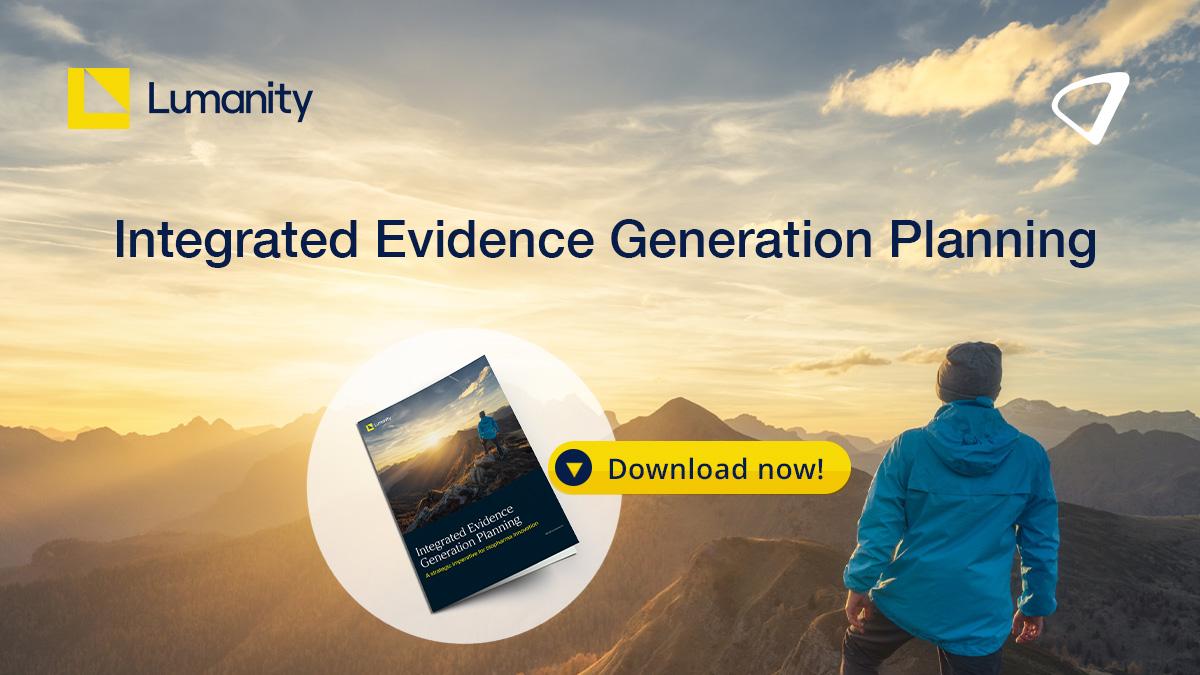Co-developing companion diagnostics to connect patients with emerging therapies

Companion diagnostic (CDx) tests play a critical role in personalising care by identifying optimal targeted therapies for patients based on their cancer’s unique genetic profile.
The Food & Drug Administration (FDA) defines CDx as essential for the safe and effective use of therapeutic products. In 2014, the FDA issued a guidance to promote the co-development of companion diagnostics and target drugs at earlier stages in the drug development process with the aim to bring new treatments to patients faster. This has resulted in several new CDx tests coming to market, offering hope for previously untreatable diseases. Additionally, pharma companies are increasingly turning to next-generation sequencing (NGS) tests as the basis for their CDx as they offer a more comprehensive testing solution.
Incorporating NGS technology early in the drug development process lays the foundation for CDx development, and taking a co-development approach helps ensure patients have access to emerging therapies as soon as they are approved, positively impacting cancer patient outcomes while minimising the risks from inappropriate treatment.
Aligning clinical necessity with regulatory requirements
Companion diagnostics undergo rigorous validation to confirm their ability to identify the clinically relevant biomarkers needed to determine a patient’s likelihood of responding to a targeted therapy. Traditionally, laboratories relied on single-biomarker tests. With the growing need of multiple biomarkers, sequential single-biomarker tests would cause delays and quickly use up valuable tissue, sometimes requiring a re-biopsy for the patient.
NGS has revolutionised CDx by allowing the simultaneous analysis of multiple genetic mutations, rather than testing one biomarker at a time. With platforms now able to deliver results in as little as 24 hours, there is an opportunity to more immediately inform care decisions, increasing the likelihood of matching patients to therapies or trials while reducing the risk of suboptimal treatments. When thinking about CDx, drug developers can leverage existing technologies and approved panels to build a test that aligns with their therapy.
Early coordination between pharmaceutical and diagnostics partners is essential to align on regulatory requirements to ensure the CDx test and the therapy it supports are developed and approved simultaneously. This requires collaboration through the development and regulatory processes to address challenges, streamline solutions, and accelerate patient access.
Challenges of collaboration & key factors for success
The ultimate goal of a diagnostic partner is to support a drug submission through approval and successful launch, making their execution record a key factor. Challenges can arise at any stage, as there are many moving parts throughout the development process. Anything from drug schedule changes to new regulatory feedback can result in costly delays if not handled correctly.
An experienced diagnostic partner who can adapt to drug development changes, mitigate risks, and effectively manage regulatory feedback is essential for keeping the drug submission timeline on track.
Overcoming barriers & expanding patient access to CDx testing platforms
A valuable consideration in determining which testing platform to use is whether or not it’s already geographically available. Regulatory bodies across the globe have specific requirements for testing platforms and many diagnostic providers only have experience with the FDA’s CDx approval process. Depending on the regional approval sought, pharmaceutical companies need to be mindful of selecting a diagnostic partner experienced in a different country’s regulatory standards (FDA, European Medicines Agency (EMA), National Medical Products Administration (NMPA), etc.) if their goal is to reach a global market.
The work pharmaceutical companies do in parallel with drug R&D to develop a companion diagnostic test that can match eligible patients to their respective therapies is key to ensuring access once therapies are cleared for market. This critical factor requires a proven testing platform that is already geographically democratised to quickly activate within the field to allow for the quickest path to clinical impact.
Realising success through the co-development of CDx
Pharmaceutical companies need to actively engage with regulatory bodies early in the process for successful co-development of CDx. This means developing analytical validation plans, establishing clear clinical utility endpoints, and creating adaptive clinical trial designs that incorporate CDx testing to demonstrate a statistically significant improvement in patient response rates. A standardised process not only enhances internal efficiency, but also allows for positive relationship building through regulatory interactions, providing clear, predefined steps that ensure consistency and compliance.
For pharmaceutical companies to see the full potential of targeted therapies, they must partner early with a diagnostic provider that can help meet the unique needs of their drug development pipeline and regional launch plans. Beyond developing CDx for new therapies, pharmaceutical companies also have the opportunity to work hand-in-hand with diagnostic testing platforms to expand testing options for existing drugs through follow-on CDx development. As new technologies emerge, follow-on CDx can enhance the expanded use and accessibility, ensuring that more patients are connected with the right therapies.
Whether working with a new-to-market therapy or looking to increase access to an existing targeted treatment, collaborating with an organisation that has proven ability to navigate frequent logistical changes and can support regional approvals is essential to support optimal patient access to precision therapies.
About the author
 Jane Li is the senior director of pharma CDx and CRO partnerships, clinical sequencing at Thermo Fisher Scientific, where she leads global strategy to expand the use of next-generation sequencing (NGS) in precision oncology. With over 20 years of experience in life sciences and diagnostics, she blends scientific expertise with business leadership to drive innovation. Li has helped launch and scale NGS-based oncology testing services, built key partnerships with pharma and cancer centres across the US and Asia, and led cross-functional teams in both large organisations and fast-paced start-up environments. Her work focuses on turning complex science into real-world solutions that improve patient outcomes.
Jane Li is the senior director of pharma CDx and CRO partnerships, clinical sequencing at Thermo Fisher Scientific, where she leads global strategy to expand the use of next-generation sequencing (NGS) in precision oncology. With over 20 years of experience in life sciences and diagnostics, she blends scientific expertise with business leadership to drive innovation. Li has helped launch and scale NGS-based oncology testing services, built key partnerships with pharma and cancer centres across the US and Asia, and led cross-functional teams in both large organisations and fast-paced start-up environments. Her work focuses on turning complex science into real-world solutions that improve patient outcomes.











